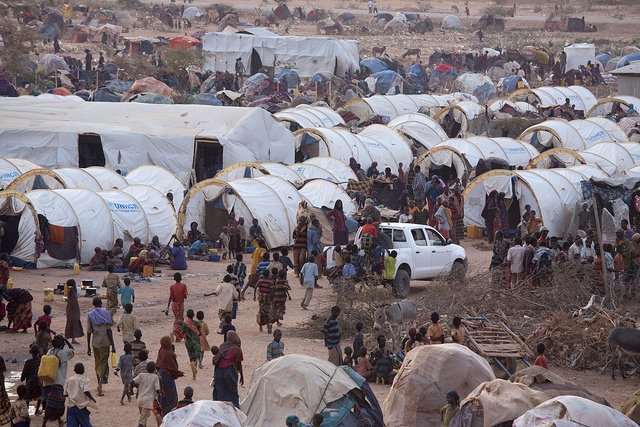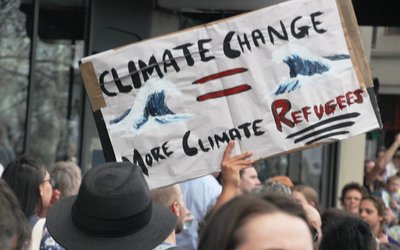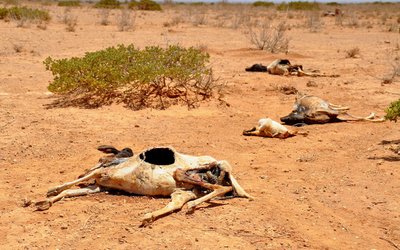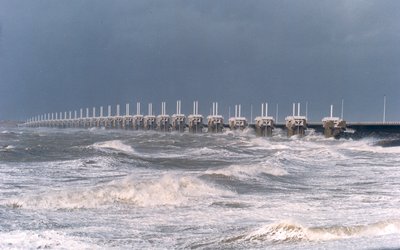
By Wilfried ten Brinke
This article is based on a large number of (scientific) sources assembled by the ClimateChangePost. Check out www.climatechangepost.com for more details.
This article is the fourth of five articles on climate change and Europe’s security. The first article presented an overview on climate-related security risks, the second focused on causal relations between climate change and violence, and the third on the impact of the increasing number of hazards. The last article will be on adaptation strategies to relieve climate change impacts on security risks.
The relationship between climate change and displacement is a complex one. There are numerous factors that affect migration. In the words of a recent report of the Stockholm International Water Institute SIWI: ‘Social, economic, and political factors affect the vulnerability or resilience of communities. In regions, the ability to cope with climate change and water scarcity decreases, and the likelihood of migration increases, as a result of factors that include poverty, low levels of education, lack of skills, weak institutions, limited infrastructure, lack of technology and information, limited access to health care, poor access to resources, and the over-exploitation of resources, etc. Pull factors, such as a hope of a better life and employment, often combine to result in migration.’
Nonetheless, recent research suggests that adverse environmental impacts associated with climate change have the potential to trigger displacement of an increased number of people. Studies suggest that most migration will take place internally within individual countries. Generally, climatic extremes in developing countries will not lead to net outmigration because people tend to return to re-establish their lives after a disaster. And if people do migrate more permanently, this will mostly be internal.
Estimates of the numbers of current and future migrants due to environmental change (including disasters) are divergent and controversial. Looking only at extreme weather as a cause of migration, a recent report estimates that over 20 million people were displaced due to sudden onset climate-related disasters in 2008. This report and others, however, acknowledge the difficulty of disentangling the drivers of migration, including climate change risks, rising poverty, spread of infectious diseases, and conflict. A middle-range estimate puts the figure of future migrants due to environmental change at 200 million by 2050.
Attention has been mainly focused on population displacement associated with large disasters. However, the compound effect of smaller, more frequent events can also contribute to displacement. It is estimated that such disasters account for an additional 19% displacement of people who are typically less visible than those displaced in larger events that attract international media and humanitarian assistance.
Photo: Giro 555 SHO (www.flickr.com)








